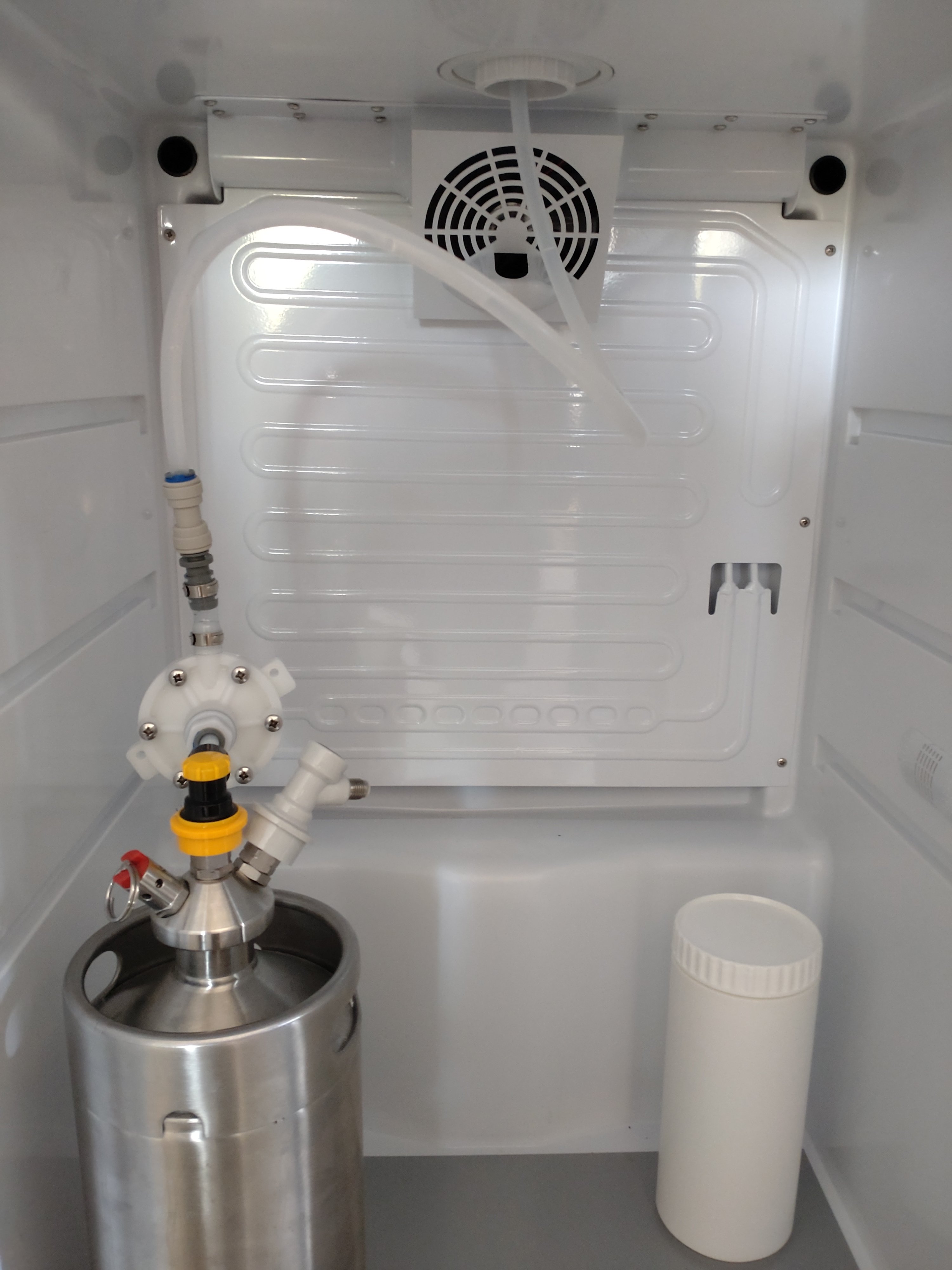14th_vermont
Member
- Joined
- Apr 20, 2022
- Messages
- 9
- Reaction score
- 4
So I brewed a ESB recipe for use in a corny keg. I have it hooked up to a hand pump, from pint365.com, to replicate british style cask beers. While using the hand pump it gets a lot of foam. I have the the co2 psi at 5. I bled off the co2 head pressure in corny keg but it still dispensing quite a lot of foam. Any thoughts or assistance would be great. Love British beer especially cask beer so I set this up in my basement home bar. Thanks






































![Craft A Brew - Safale S-04 Dry Yeast - Fermentis - English Ale Dry Yeast - For English and American Ales and Hard Apple Ciders - Ingredients for Home Brewing - Beer Making Supplies - [1 Pack]](https://m.media-amazon.com/images/I/41fVGNh6JfL._SL500_.jpg)






















